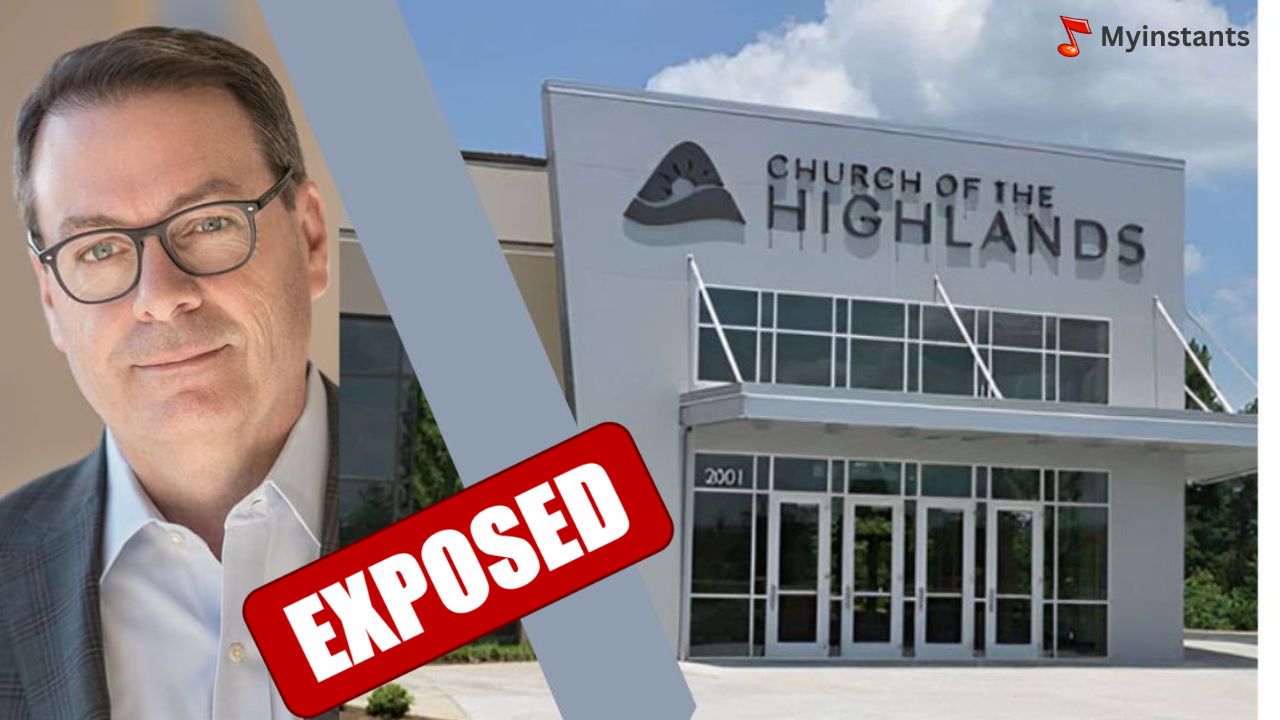Church of the Highlands Exposed: An In-Depth Look

Introduction
Church of the Highlands, one of the largest congregations in the United States, has made headlines for both its rapid growth and various controversies. This article aims to delve deep into the Church’s background, beliefs, practices, and the numerous criticisms it faces. By the end, you’ll have a comprehensive understanding of what lies behind the facade of this influential institution. Church of the Highlands Exposed.
History and Background
The Church of the Highlands was founded in 2001 by Chris Hodges in Birmingham, Alabama. From its humble beginnings, the Church has grown exponentially, now boasting multiple campuses and a massive congregation. Its mission has always been to reach people with the message of Jesus Christ, but the methods and impact have drawn significant attention over the years.
Beliefs and Practices
At its core, the Church of the Highlands adheres to Evangelical Christian beliefs. It emphasizes the importance of a personal relationship with Jesus, the authority of the Bible, and the need for community. Unique practices include a heavy focus on small groups, known as “Highlands Small Groups,” and an emphasis on modern, energetic worship services designed to attract younger demographics.
Leadership and Governance
Leadership within the Church of the Highlands is highly centralized around Chris Hodges and a select group of senior pastors. The governance structure is designed to support rapid decision-making and implementation of initiatives, but this centralization has also been a point of contention, raising questions about accountability and transparency.
Controversies and Criticisms
Financial Transparency Issues
One of the primary criticisms leveled against the Church of the Highlands is its lack of financial transparency. Critics argue that the Church’s financial statements are not readily available to the public, making it difficult to track how donations are being used. This opacity has fueled allegations of misuse of funds.
Allegations of Misuse of Funds
There have been various allegations that funds meant for community outreach and charitable activities have been misallocated. While the Church has denied these claims, the lack of transparent financial reporting makes it hard to dispel such rumors definitively.
Instances of Pastoral Misconduct
Several pastors affiliated with the Church have faced accusations of misconduct. These instances have ranged from inappropriate relationships to abuse of power, further tarnishing the Church’s reputation. In many cases, these issues have been handled internally, with little information made available to the congregation or the public.
Cultural and Social Impact
Despite these controversies, the Church of the Highlands has had a significant impact on local communities. It runs various social initiatives, such as food drives, addiction recovery programs, and youth outreach activities. These programs have undoubtedly benefited many individuals, though some argue that they serve as a means to attract more members rather than purely altruistic efforts.
Financial Operations
The Church’s financial structure is complex, involving numerous revenue streams from donations, book sales, and event hosting. Critics highlight that the Church operates more like a business than a non-profit religious organization, with significant investments in real estate and other ventures. The lack of detailed financial disclosures exacerbates these concerns.
Member Experiences
Positive Testimonials
Many members speak highly of the Church, praising its vibrant community, engaging worship services, and supportive environment. These positive experiences are often highlighted in Church marketing and outreach efforts.
Negative Experiences
Conversely, there are numerous accounts from former members detailing negative experiences. Common themes include feelings of exclusion, church of the Highlands Exposed, pressure to conform, and disillusionment with the Church’s handling of controversies and finances. Church of the Highlands Exposed.
Media Coverage
The media has played a crucial role in bringing the Church of the Highlands’ controversies to light. From investigative reports to op-eds, the Church has been scrutinized for its financial practices, leadership issues, and alleged misconduct. This coverage has sparked public debates and increased pressure on the Church to address these problems.
Legal Issues
Legal battles have also plagued the Church of the Highlands. Several lawsuits have been filed against the Church and its leaders, ranging from employment disputes to allegations of discrimination. While some cases have been settled out of court, others remain ongoing, adding to the Church’s woes.
Response to Criticism
In response to the mounting criticism, the Church has issued several statements attempting to address concerns. These responses typically emphasize the Church’s charitable work and community impact while denying any wrongdoing. Additionally, the Church has made some changes to its governance and financial reporting, though critics argue these measures are insufficient.
Impact on Members
The controversies surrounding the Church of the Highlands have had a profound impact on its members. Many have reported feeling betrayed and disillusioned, leading to a decline in membership and participation. Case studies and personal stories reveal the emotional and psychological toll these issues have taken on individuals.
Comparison with Other Mega Churches
Comparing the Church of the Highlands with other mega churches reveals both similarities and differences. Like many large congregations, it employs modern worship styles and extensive community outreach. However, its financial opacity and governance issues are more pronounced, drawing harsher criticism than some of its peers.
Future Prospects
Looking ahead, the Church of the Highlands faces significant challenges. Addressing financial transparency, restoring trust among members, and navigating ongoing legal issues will be crucial for its future. Potential changes in leadership and governance could also shape the Church’s direction in the coming years. Church of the Highlands Exposed.
Conclusion
The Church of the Highlands has undoubtedly made a significant impact on its community and beyond. However, the numerous controversies and criticisms it faces cannot be ignored. By examining its history, beliefs, practices, and the various issues it contends with, we gain a clearer picture of this influential institution. Only time will tell how it navigates these challenges and what the future holds.
FAQs
What is the Church of the Highlands?
The Church of the Highlands is a mega church based in Birmingham, Alabama, founded by Chris Hodges in 2001. It has multiple campuses and a large congregation.
What are the main criticisms against the Church?
The main criticisms include lack of financial transparency, allegations of misuse of funds, and instances of pastoral misconduct.
How has the Church responded to allegations? The Church has issued statements emphasizing its charitable work and denying wrongdoing. It has also made some changes to its governance and financial reporting.
What is the financial structure of the Church?
The Church’s financial structure involves donations, book sales, and event hosting. Critics argue it operates more like a business than a non-profit religious organization.
What does the future hold for the Church of the Highlands?
The future of the Church will depend on its ability to address financial transparency, restore trust among members, and navigate ongoing legal issues. Potential changes in leadership and governance could also play a significant role.




